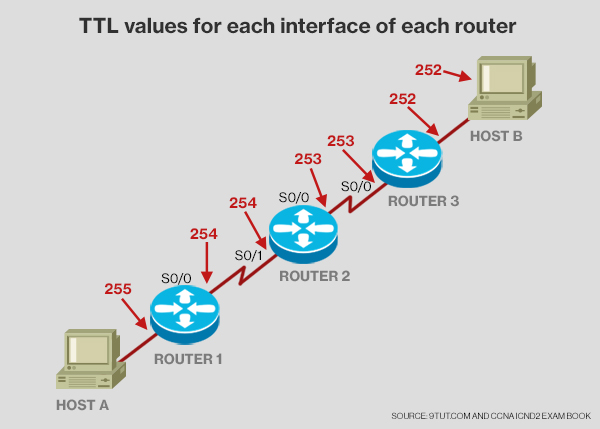
TTL (Time to live) is a mechanism that is designed to limit how long data lives in a computer or a network.
TTL can be implemented as either having a counter or timestamp attached or embedded in the data in order to ensure that data is discarded once the correct time is reached.
The purpose of this is to make sure that a data packet, or packets, won’t be circulating indefinitely in a computer network or in an application. Basically, TTL is useful for keeping your systems in good order as it improves the performance of caching and it can also help to improve privacy.
Where can TTLs be found?
TTL can also be found as a value in an Internet Protocol packet, informing a network router on whether the packet has been in the network too long or not. TTL’s also appear in the Domain Name System.
It also dictates how long it takes for computers to refresh its DNS related information.






